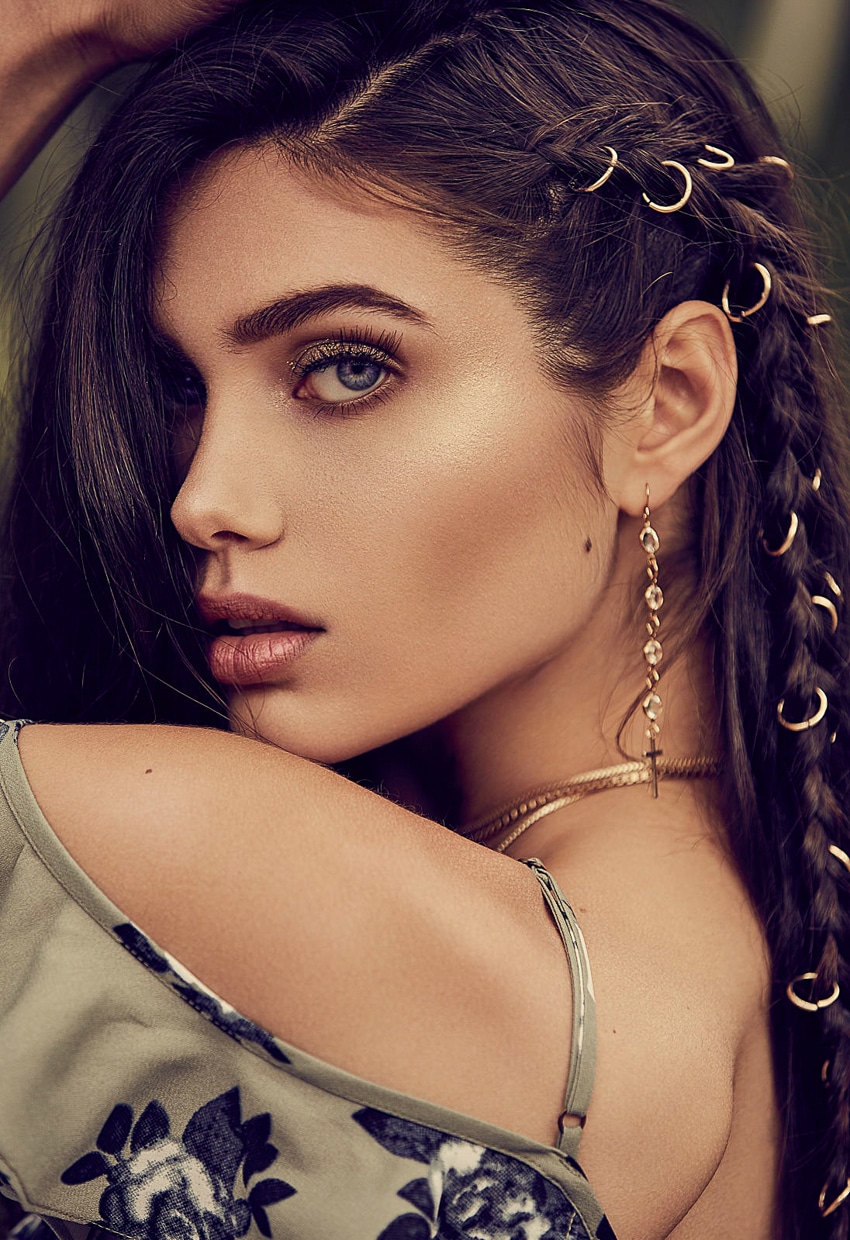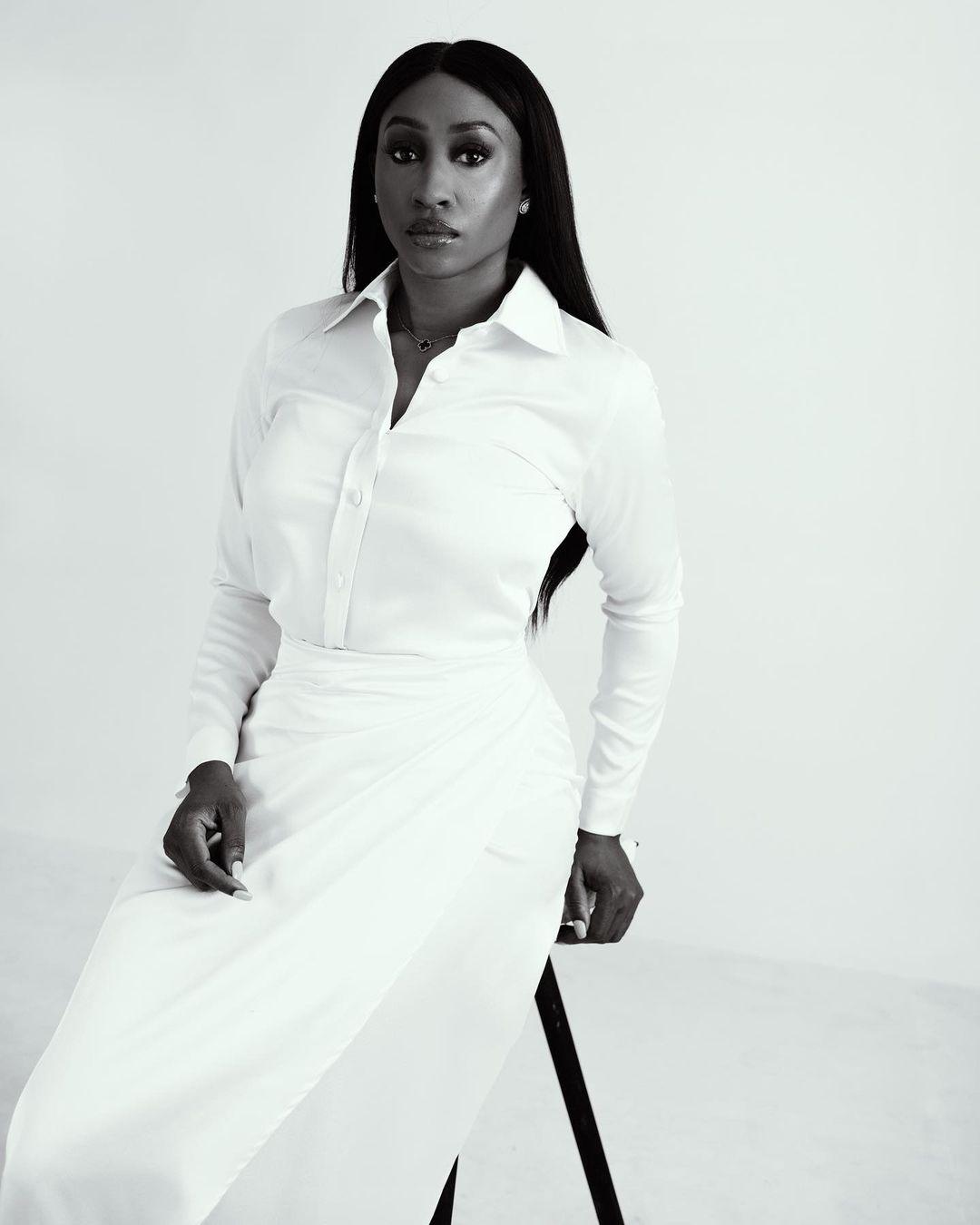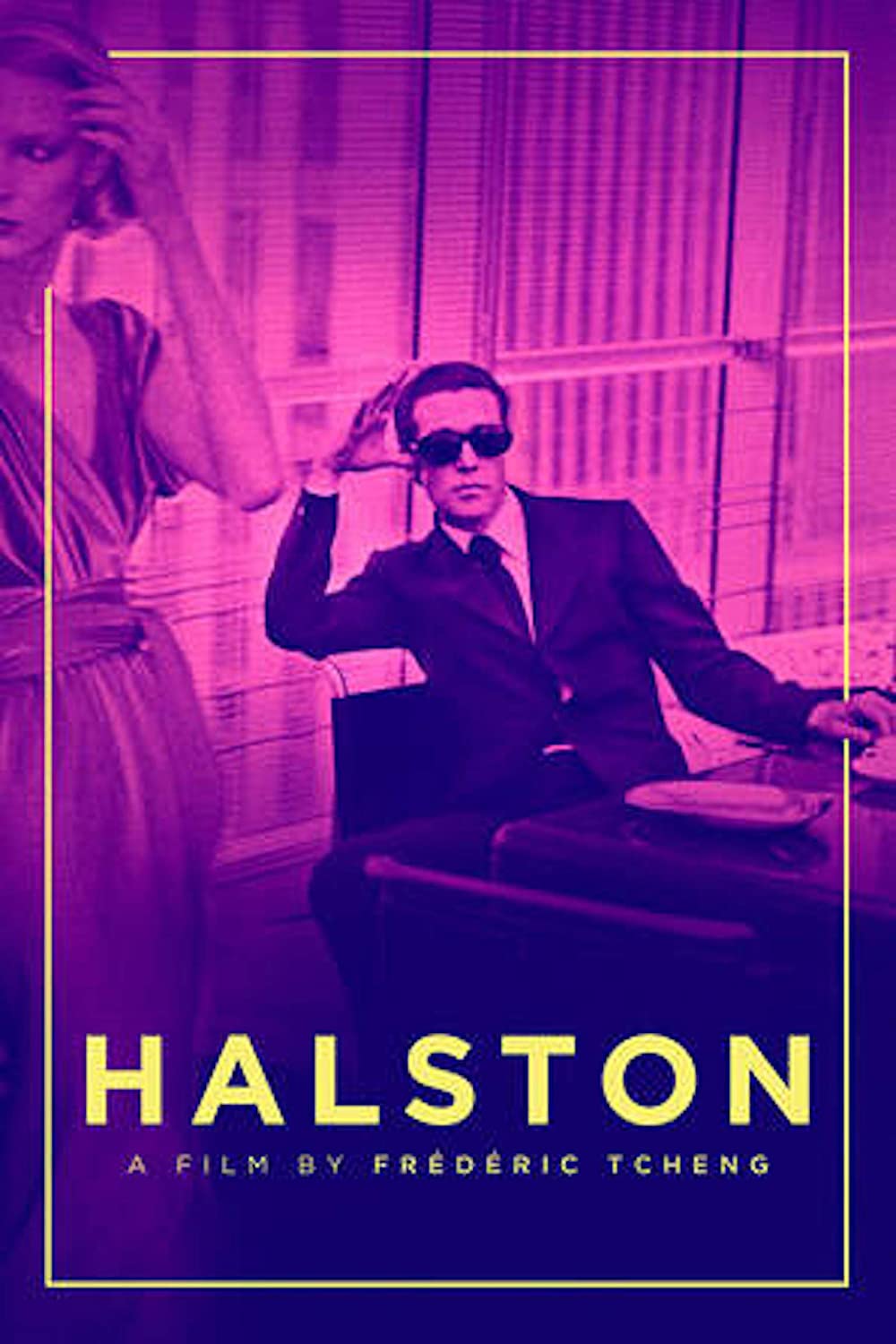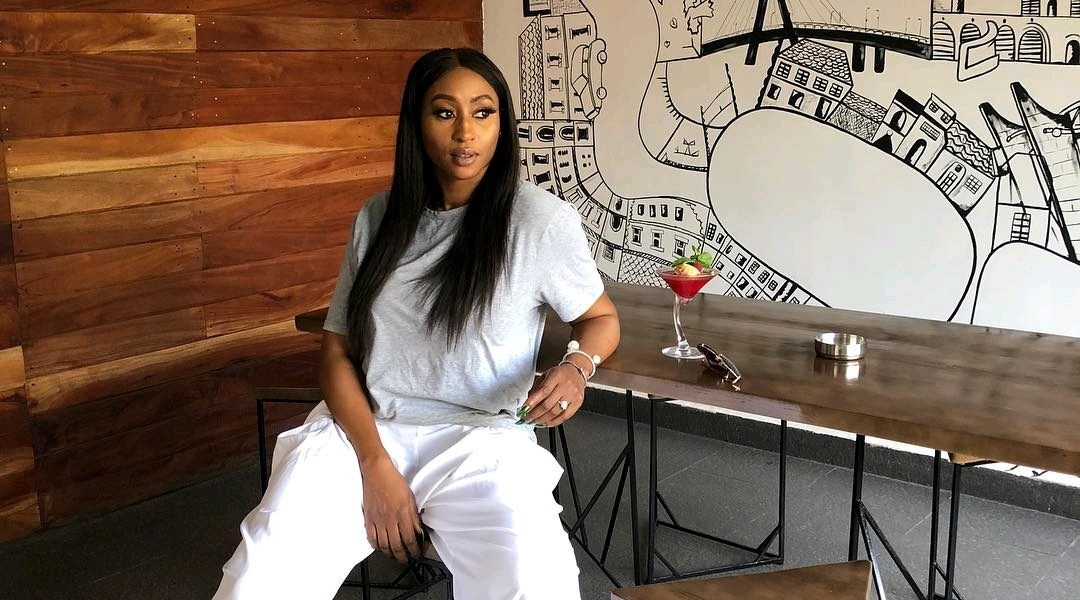HOW 6 TOP AFRICAN FASHION STYLISTS APPROACH THEIR WORK
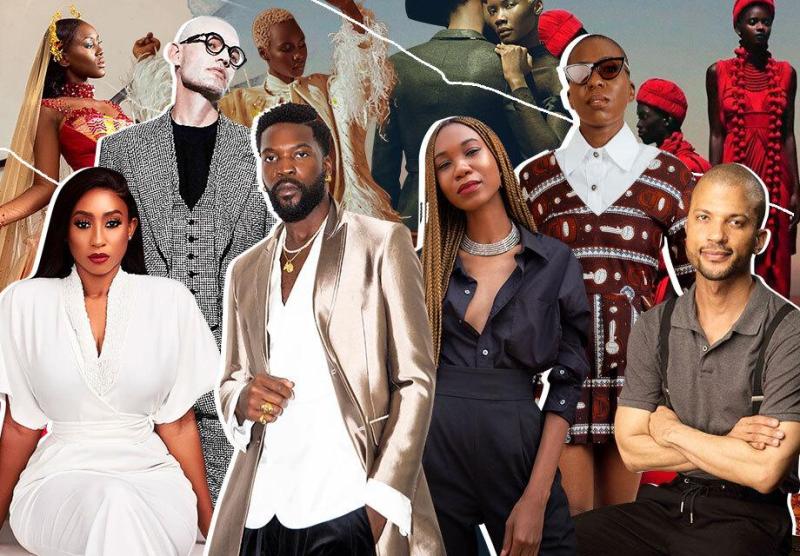
Indusrie Africa spoke to some of the industry’s most prominent creative minds about how they approach the craft of telling a story through fashion (and shop their curations), of which veronica Ebie was one.
In 2010, fashion photographer Nick Knight stated that “the narrative in fashion imagery comes from the clothes.” It’s an obvious statement perhaps, but one that hints at the importance of the role of the stylist and fashion editor in the creative process. We spoke to six such sartorial storyweavers, all of whom either live on the continent or have their roots in Africa—an environment wherein rich traditions of storytelling in all forms endures, inspires, and guides. Their work is not simply about putting garments on a model; rather their occupation is a process of constructing a visual narrative, and telling a story that has a clear message. Their roles go beyond simply selecting and handling clothes. They determine how their selections sit upon the body, guide the kind of shots the photographer captures, ultimately, playing a key role in shaping how viewers interact with the product.
Read on to learn about these movers and shakers, and discover what’s inspiring them right now. Shop the full curation here.
DIMEJI ALARA
French-Nigerian
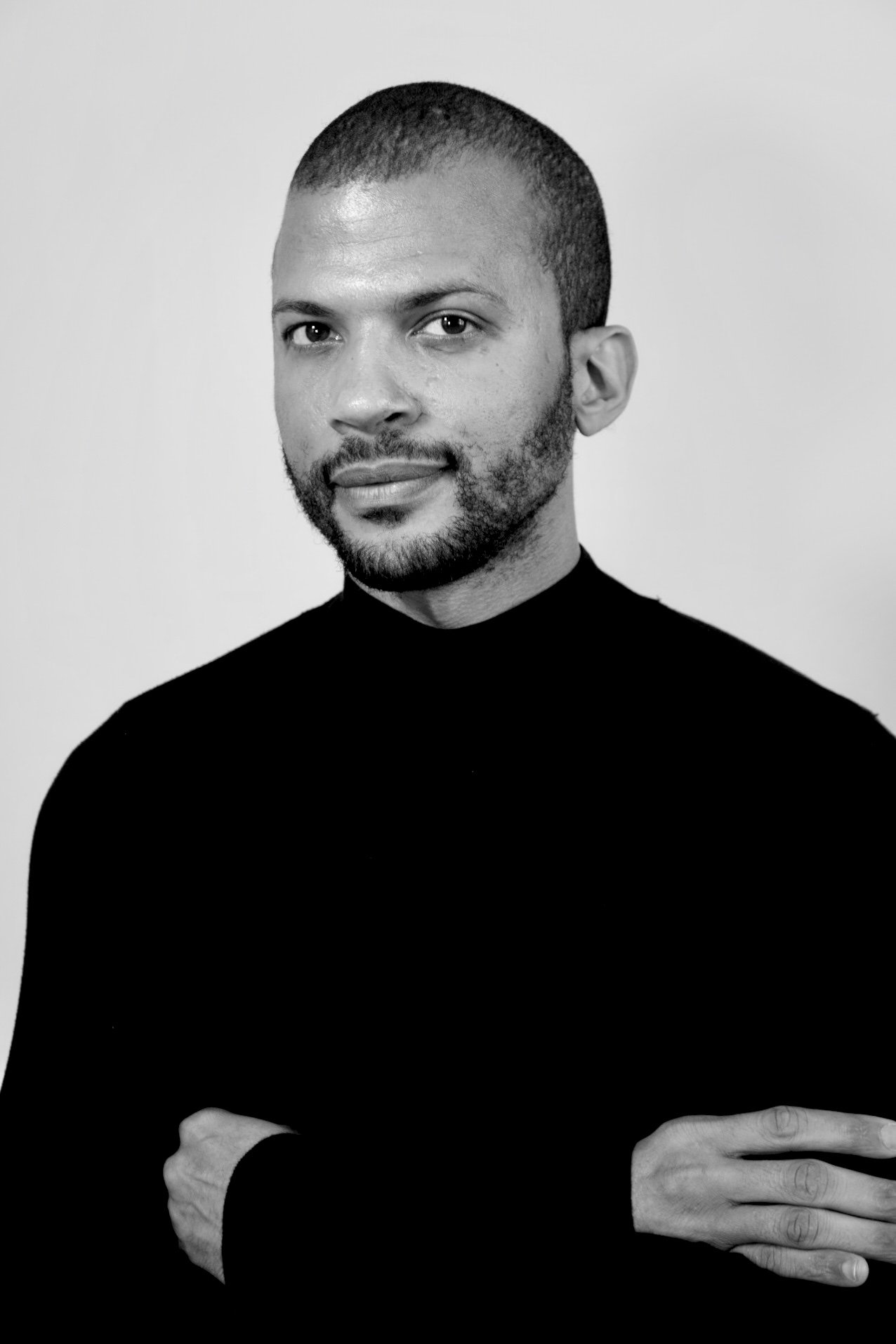
The Parisian-born Fashion Editor Dimeji Alara has a distinctive visual style. Considering himself a fashion storyteller, Alara’s own minimalist aesthetic extends into his professional styling, all of his work conveying an air of polished simplicity. “I don’t like unnecessary things. “I don’t wear jewelry or things like that. There’s always an element of ‘less is more’ within my work,” he says. Alara grew up in a creative household—his father was an aspiring musician and his mom studied fashion in London—and having spent his formative years in Paris, fashion was all around him.He developed a passion for it early, starting a blog in 2001 (“I think that was before people even knew what a blog was!”), and eventually going on to be appointed Fashion director of Elle South Africa in 2018, where he was the first black male and non-South African to hold the position in the magazine’s 21-year history. “It was amazing,” he says of his time there. “Just thinking of it makes me smile”. Since departing from the publication in 2019, Alara continues to produce work that speaks to the idea of graceful restraint, his recent project with fashion brand SUKEINA serving as a prime example of his ability to tell a grand tale through simple details.
ALEXANDER JULIAN-GIBBSON
Nigerian-American
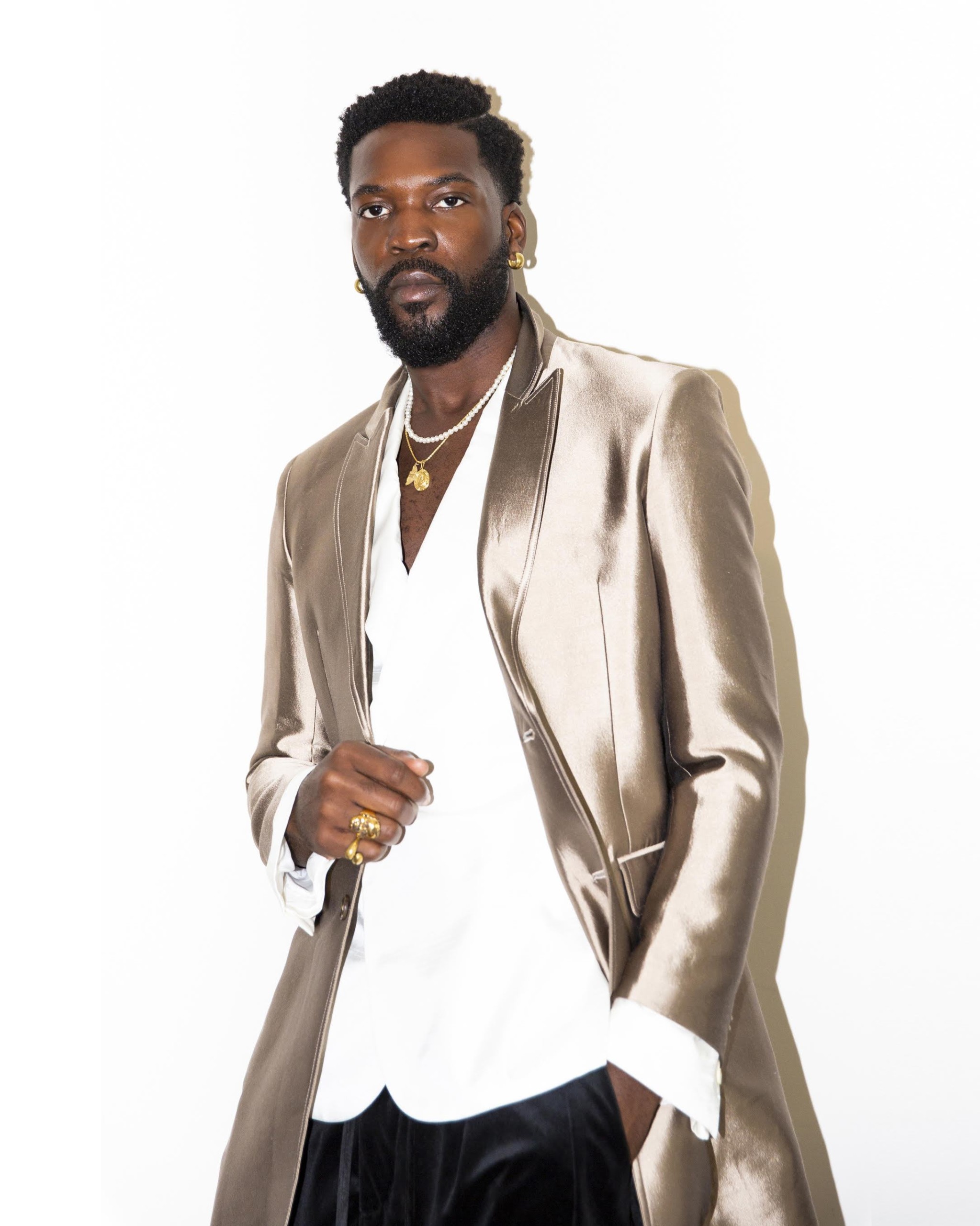
“Creating a visual narrative is like painting,” explains Alexander-Julian Gibbson. “Clothes are resources we use to make an image, and convey a story. So think of being a painter: clothes are the paint, the models are the canvas.” Aside from color, and exaggerated silhouettes, an admitted fondness for glitter and bling feature heavily prominently in his visual storytelling, each project conveying the qualities he believes make a successful stylist: an inquisitive nature, a willingness to adapt, and a flair for innovation. A content specialist and fashion editor who’s been in the industry since 2010, the New York-based Gibbson is a creative all rounder; as a teenager, he started his own fashion line, and following his graduation, ultimately realized that the process of styling, and creating beautiful images was where his passion lay. A few years later, he began work as an editor at GQ, where he says he received a crash course in the politics of fashion; 3 years later, he made the decision to leave the magazine, after which he would go on to create work for clients including Paper Magazine and Nigerian singer Patoranking. But for Gibbson, it’s the work that merges fashion and travel that he finds truly fulfilling, citing the varied cultures and people he encounters as a major influence: “My work is really a study of [culture],” he says.
ENY KLUDJESON
Ghanaian
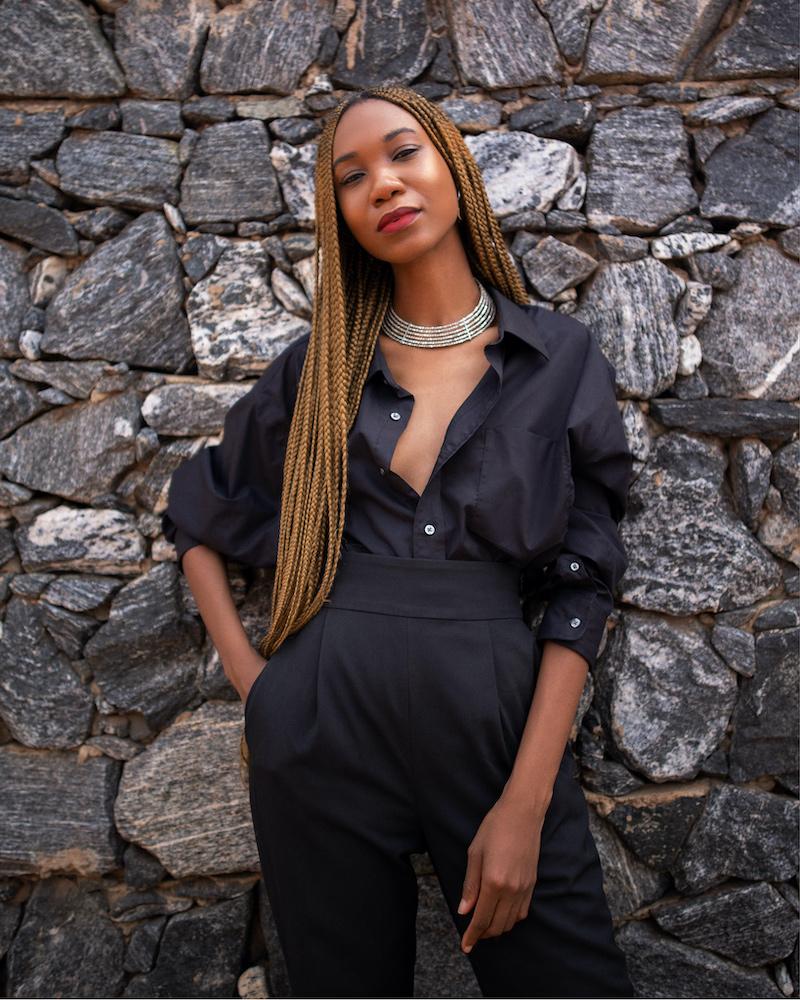
The creative and fashion world is all that Ghanaian stylist Eny Kludjeson has ever known, she says. The innovative mind behind The Stylennovator—a brand, image and style consulting agency—her work as a stylist, she tells us, is to be the glue between the creative team on set and the client. “You’re the extra set of eyes for the photographer, makeup artist, hair stylist, set designer, or any additional member of the team”, she tells us. “This also means you have to play the role of an art director if the job calls for it. No detail must go unnoticed by you and your team on set.” With a background in luxury fashion (she’s worked for Barneys New York in Beverly Hills and Prada, as well as major publications like Elle and LA Confidential), Kludjeson’s work is a reflection of her commitment to the vision of her clients and she strives to avoid her personal tastes trickling into her professional projects. Still, the thread of confidence that is palpable in her own style stands out just as much in her work. “For me, my focus is what works for my client,” she asserts. “What message they’re trying to communicate at the time…that’s what drives me to the end product.”
LOUW KOTZE
South African
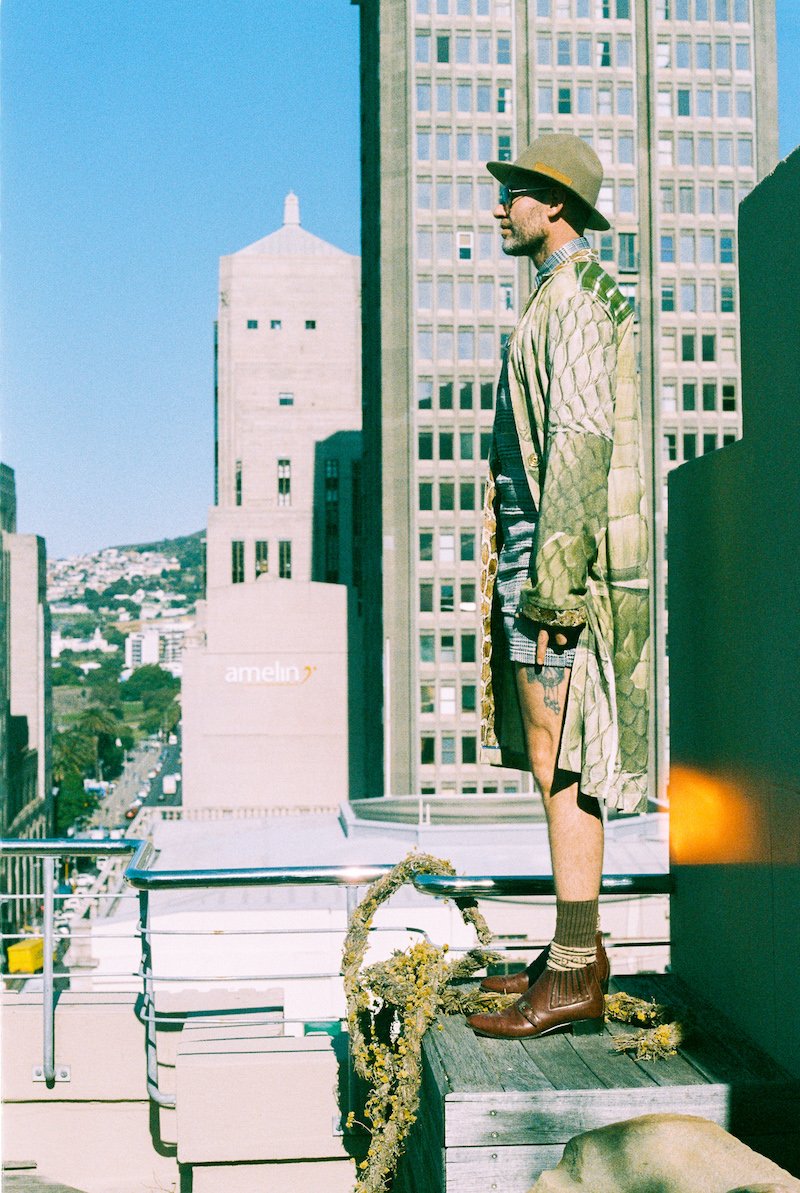
Fashion is in Louw Kotze’s DNA. The South African stylist, who started his career as part of the design team for local brand Black Coffee, knew that he wanted to work with clothes since he was 6-years old. Today, he’s one of the South African industry’s most established players, his striking work running the gamut from editorial campaigns and magazine covers to art exhibitions and runway shows. His gender-bending personal style that merges the extremes of femininity and masculinity, (“I like to say I’m the lovechild of Diana Vreeland and Hugh Hefner,” he says)extends into the visual narratives he creates. And though he has a background in magazines that includes a stint at Vogue India, his work has always shirked trends in favor of colors and styles that tell a story. His work draws upon both a vivid imagination, and a strong intuition to bring everything together. Kotze is also cognizant of the fact that the advent of smartphones has changed everything; with a camera in their back pockets, photography has become everyone’s game. But it’s the clothes and styling within that image that conveys the message, he says. “There was this article in Vanity Fair that I read a year ago,” he says while discussing the rapidly changing technological and fashion landscapes, “and it said photographers are dead, long live the stylist!”
VERONICA ODEKA
Nigerian

Veronica Odeka is more than a stylist; she’s a fully fledged business woman who’s used her strong background in the fashion industry to develop a 360-degree agency called Vanestyle, providing personal style and image consulting, as well as commercial styling and brand consultancy. She began her career as a model, pivoting toward styling when she moved to Nigeria from the US ten years ago. “I started writing for a magazine,” she says. “They didn’t have a stylist at the time so I would offer my assistance on cover shoots and that gradually became the beginning of my business.” Having since styled looks for the likes of Tiwa Savage, Odeka’s self-described aesthetic is clean, strong, and abstract. “In order to put the clothes on someone you have to have the research to back it up,” she says of the stylist’s role. “I do a lot of studying of people and human behavior, and what they are attracted to: there are colors to consider, as well as body types to think about.” A strong advocate for Nigerian design, Odeka also works to help emerging brands and designers structure their businesses. And though we’re in the midst of a pandemic, she has taken it upon herself to provide such businesses with aid through her Scale with Veronica initiative, working to share her knowledge and consultancy services at an affordable rate during such uncertain times.
ANNABEL ONYANGO
Kenyan
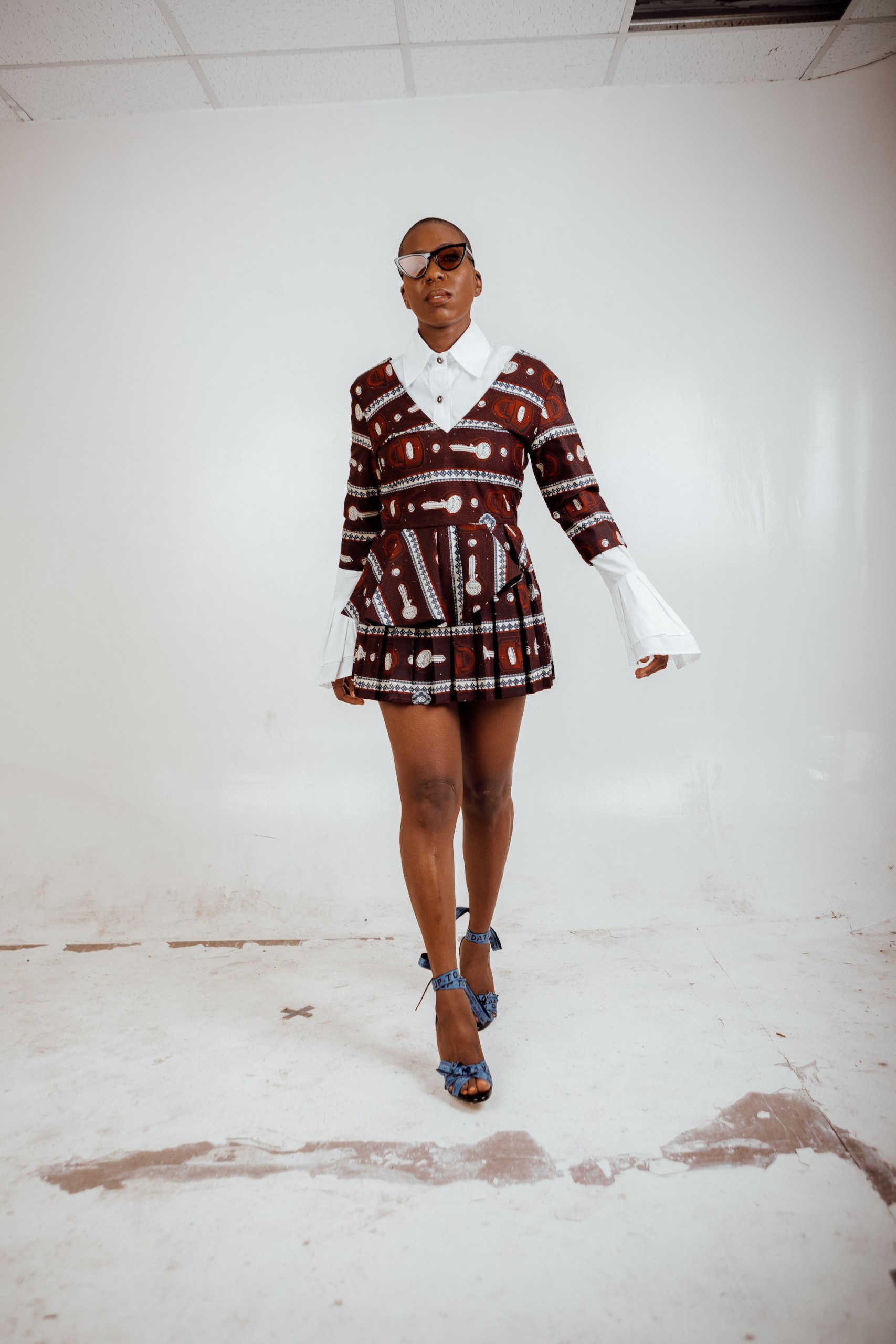
Annabel Onyango fell into the styling occupation by accident. While working as a lifestyle magazine editor, the Nairobi-based creative—whose output ranges from editorials to music videos and promotional events—found the fashion aspect of her duties at the magazine most appealing. Before she knew it she says, she was pursuing a freelance fashion career, traveling internationally, and building a styling brand with a focus on made-in-Kenya garments. To her, the role of stylist is pivotal in conveying a message. Besides aesthetics, clothes express a point of view and say something about the times we live in, she explains. “[Styling] also creates mood and shape perceptions within the story being told. Well aware of how fashion choices have an impact on the world, Onyango shops mostly Kenyan designers, also defaulting to local creatives and outlets to source products for her work. She feels that being part of a conversation that moves the Kenyan fashion industry forward, is of great importance to what she does. “As African creatives, we have witnessed the world use ideas from the continent without credit and in ways that are inauthentic,” she says. “There’s been an awakening to reclaim those ideas and expose them in a way that proclaims and glorifies their African origins.”
